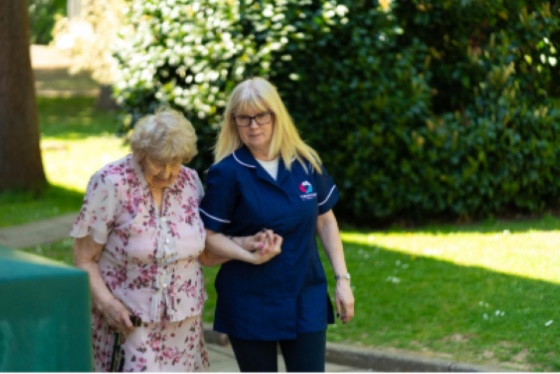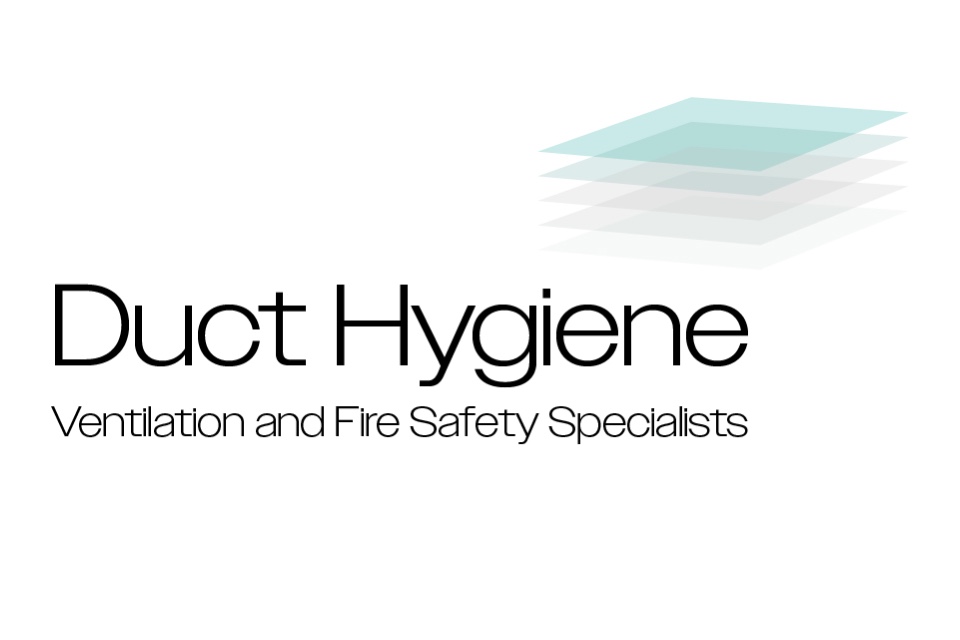By Lisa O’Neill, Business Development Manager, IEG4
As the structure of Integrated Care Systems (ICS) continues to develop, the purpose, drive and foundational work gathers momentum. One of the key ideas behind the restructure is around integration and enabling multiple siloed departments and services for patient care to communicate more easily with one another, thereby improving patient experience.
However, what’s becoming apparent, if the whole system is to be a success, is the need for all services under the ICS umbrella to review and modernise.
This certainly rings true with the Continuing Healthcare (CHC) process. Transforming this complex assessment process is easy to do and will demonstrate the success and ultimate benefits of a system brought up to speed. This, in turn, can facilitate the move from Clinical Commissioning Groups (CCG) to an ICS, or Integrated Care Board System (ICB) in terms of making integration happen and creating a joined-up approach to people’s care plans.
But what options are available for ICBs looking to improve their CHC service and what’s the real added value of modernising the existing complex process?
Digitising CHC is essential
There are deeply engrained administration issues within the NHS and local authority care services due to outdated systems, particularly around data and the quality of data entry on application forms. Often data at the point of entry isn’t right, which creates opportunities for errors to grow. To create quality data pathways that can support the workflow of each of these services, we need to digitise them and bring everything up to the right standard.
Digitisation can support the aim of ICSs by providing a better joined up framework of professionals working together to support the needs of patients applying for funding through the CHC service. The acceleration of digital adoption has seen many examples of successful joint working in health and social care, such as Discharge to Assess which supports people leaving hospital which is an item on top of the agenda of many healthcare professionals and government ministers.
Where this funding is coming from, either through the NHS or the local authority, is only part of the jigsaw. It’s just as important to create a package of care that fully meets the patient’s needs.
The availability of solutions that digitise the entire CHC process means that there’s a real opportunity to share relevant data much more effectively and to create a directory of services and provider information. This will enable better communication with the patient and their representatives, offering everyone full transparency of the process and helping them understand what the optimal care package of care could be.
Realise ROI and improve the situation for patients and the NHS
ICBs’ CHC teams assess some of the most complex and vulnerable patients within our communities and it is vital that every case is assessed, reviewed, and managed in a timely and professional manner to ensure better health experiences and minimise unnecessary stress and delays
A digital end-to-end CHC solution provides optimal patient outcomes and user experience by driving increased productivity via workflow processes which speed up the decision- making process. Information flows seamlessly between processes, reducing duplication. The self-service portals give both patients and providers the opportunity to digitally interact in real-time with the NHS regarding the CHC process.
Innovation requires investment in not just technology but in the people involved in the end-to-end process.
The benefits of CHC digitisation
There are many benefits to digitising CHC that will provide efficiencies and improve the interoperability of different systems across different areas of health and social care, something critical to the success of an ICS. For example:
Workflow Efficiencies – Digital referrals cut down on paperwork, reduce errors and lost information, and support a standardised approach. It provides the ability to streamline processes through optimised CHC pathways. This ensures a more efficient use of NHS resources.
Transparency – Moving to a digital model speeds up the decision-making process. Digital channels support quicker and better communication and greater involvement of patients and their representatives in their care. It promotes remote and agile working; virtual multidisciplinary teams remove the need for professionals to be in the same place at the same time, which offers more flexibility for staff and results in quicker assessments. It also improves enhanced communication with providers by keeping data more relevant and up to date. In turn this reduces overpayments and invoice queries, which speeds up correct payments to care providers.
Integration – it encourages interoperability, something that is vital when ensuring records are up to date across every department. For example, it’s prudent to use a system that can be connected to other electronic patient records or systems such as the NHS Spine or EMIS.
Evidencing the Benefits: Case study – Prestbury House and Norway Lodge
Prestbury House and Norway Lodge are two Care Homes in Cheshire that provide 24-hour residential, nursing, dementia and respite care for the elderly and deliver care services commissioned by Cheshire Integrated Care Board for Continuing Healthcare packages, including Funded Nursing Care (FNC).
By bringing their CHC services online and digitising their financial processes, staff at both Care Homes have reduced their workload and administration duties significantly.
Previous processes meant they would spend time tallying up the remittance advice notices with the invoices, to ensure that payments were made on time, for the requested amount, and for the correct patient. Prestbury House has reduced their workload by an hour a day, with Norway Lodge improving their financial administration from one day a month to ten minutes a week.
With the Digital CHC Provider Portal from IEG4 in place, this has now become an automatic process for both Care Homes.
The portal allows the teams to notify the ICB when a patient is no longer in their care, which helps the finance teams for both the provider and ICB to keep up to date with patient balances – providing full transparency over each case to eliminate any communication errors or process gaps.
We can provide a better service
As with all digital efficiency within the NHS, it’s not just about ‘the technology.’ The key thing to consider is how we can change the culture and start to deliver better outcomes and efficiencies.
By bringing these services into a digitised system, we can create a better patient experience for our CHC customers – as well as better outcomes and delivering better experiences for everyone that has a touch point with this service – an experience that goes back to the core roots of our NHS; to help people with dignity and empathy.






